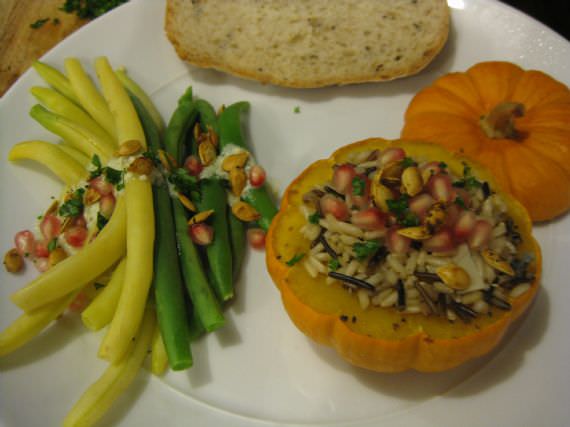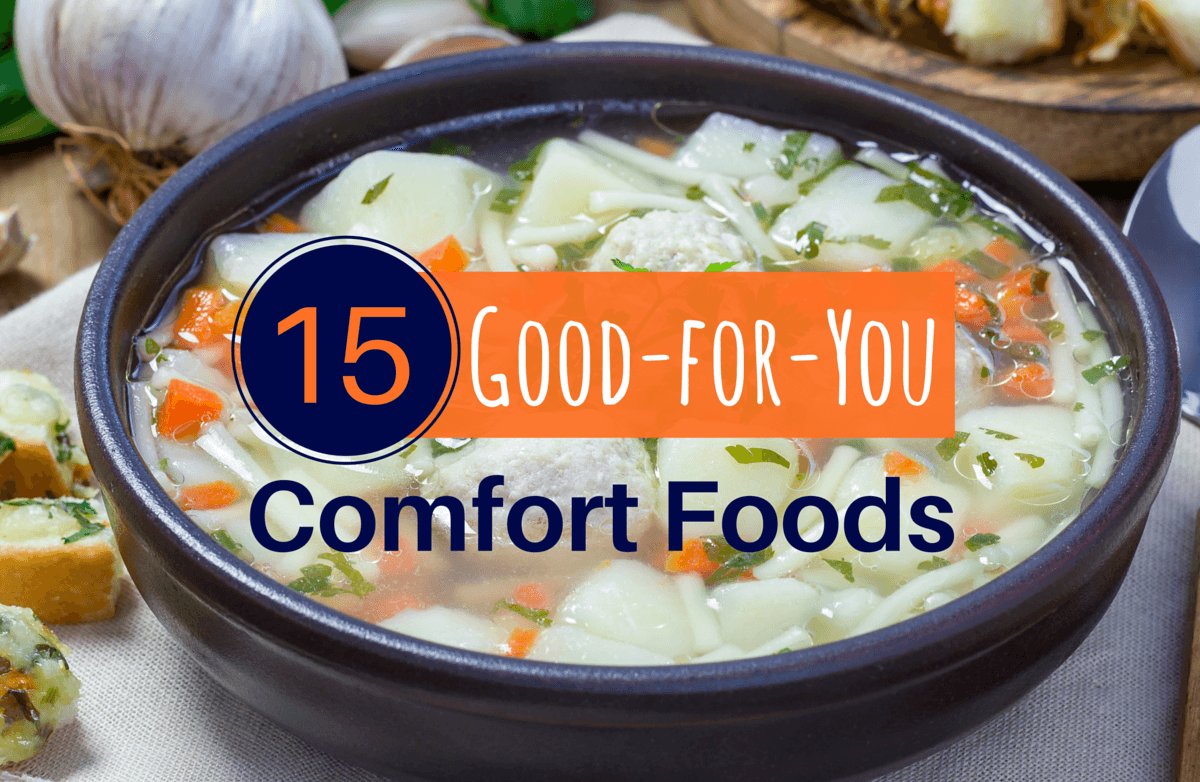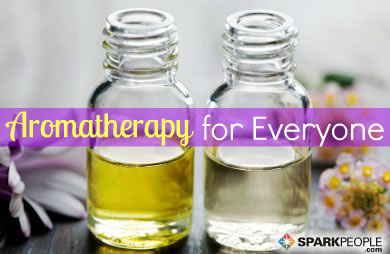|
Most people, it seems, have forgotten that pumpkins are edible. This time of year, those gorgeous orange orbs are in season, which most people have interpreted to mean that it's time to decorate with them. While I'm a big fan of keeping healthy food on display--I keep platters of tomatoes, vases full of fresh-cut herbs, and bowls of brightly colored fruit on the counter in lieu of flowers--the pumpkins in yards and on porches are too often left abandoned to rot away as November arrives. Therefore I'm starting a campaign to SAVE THE PUMPKINS! Go ahead and carve one for Halloween, but save the seeds. (Full of protein, zinc and even iron, pumpkin seeds make a great snack.) Grab a few smaller ones for eating, too. (The gigantic pumpkins used for jack o'lanterns tend to be dry and flavorless.) Put a few little ones on the counter, but eat them later. In dishes sweet and savory, the mighty pumpkin adds color, nutrition and flavor. Pumpkins are good for more than just pie. Mash pumpkin as you would potatoes. Roast it alongside other fall vegetables. (Slice and chunk the pumpkin, but leave the rind intact.) Purée cooked pumpkin with sage, parmesan and some broth to make an interesting pasta sauce, soups and stews. Stuff those tiny ones with rice, meat or even your favorite quiche mix. Pumpkin mixes well with curry, and it's often included in Thai foods.  Pumpkins are nature's soup tureens. Those tiny pumpkins make adorable receptacles. Prebake them and fill them with soup, stew, or rice. Fill them with pumpkin pie filling, pumpkin bread mix or even quiche, then bake. You'll save on calories by not using a rich, buttery crust, and serving foods in an edible bowl makes for a pretty dramatic presentation. Pumpkins don't grow in cans. Cooking a pumpkin is easy. Pick a pumpkin that's about the size of a cantaloupe or smaller. Their flesh will be moister and sweeter. Cut a hole in the top of the pumpkin, then scoop out the seeds and pulp. Then slice pumpkin in half and place on a baking sheet, cut side down. Bake at 350 degrees for about 60 minutes until pumpkin is soft. Once pumpkin has cooled slightly, scoop it from the rind. (The rind is also edible.) I let mine cool, then place 2 cup portions in freezer bags. Place the bags flat in the freezer for easy storage. If you bake a pumpkin, you're of course left with seeds. To roast pumpkin seeds, place them in a colander, then separate the pulp from the seeds. Rinse them well, then place on a baking sheet. Spritz them with nonstick cooking spray, scatter about some your favorite spices (try cumin, pepper, salt and a bit of spicy paprika) and bake at 250 degrees for about an hour, tossing every 20 minutes or so. Pumpkins are good for you. Nutrition in 1 cup of mashed pumpkin: Calories 49.0 Total Fat 0.2 g Potassium 563.5 mg Total Carbohydrate 12.0 g Dietary Fiber 2.7 g Protein1.8 g Vitamin A 244.6 % Vitamin B-6 5.4 % Vitamin C 19.2 % Calcium 3.7 % Copper 11.1 % Folate 5.5 % Iron 7.8 % Magnesium 5.5 % Manganese 10.9 % Niacin 5.1 % Phosphorus 7.4 % Riboflavin 11.2 % Thiamin 5.1 % Zinc 3.8 % How do you like to eat pumpkin? |
Popular Entries
More From SparkPeople
|















